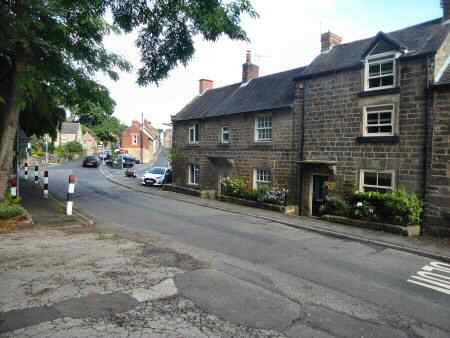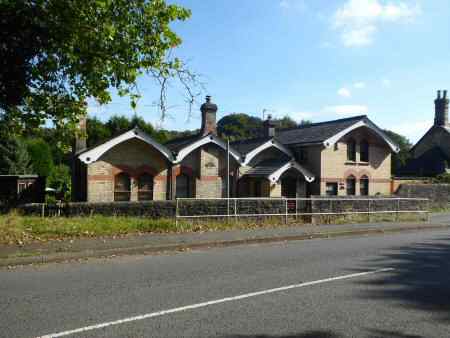HOLBROOK

INFORMATION
Where is it? – Holbrook is approximately five miles north of Derby and about two miles northeast of Duffield, between the A38 and A6 roads.
What to do? – Take a walk around the centre of the village and compare the different building styles – Enjoy refreshments at one of the two public houses in the village or at the community café attached to The Spotted Cow public house – Explore Gorsey Piece Nature Reserve with its stunning view and try one of the many walks that start from the village.
Where to eat? – The Spotted Cow a community public house. For further information: Telephone 01332 880798 or visit www.thespottedcowholbrook.co.uk. – The Spotted Calf a community café is permanently closed – The Dead Poets Inn – further information Telephone 01332 780301 or visit www.deadpoetsholbrook.co.uk.
Other places to visit – Carsington Water was officially opened by HM the Queen in 1992 and instantly became one of Derbyshire’s most important tourist attractions – For those with time to explore Belper a picture quickly emerges of a small town so rich in industrial heritage that it is not only of national importance but occupies a pre-eminent position on the world stage. Belper is indeed an important part of the Derwent Valley, which is universally recognised as the Cradle of the Industrial Revolution and now holds World Heritage Status. In 2014, Belper won the hugely prestigious ‘Great British High Street’ award. The judges said it was an example of how town centres can be transformed – The National Stone Centre occupies an area of disused quarries overlooking Wirksworth and is crossed by the High Peak Trail. Derbyshire is the largest quarrying area in the country, and in the 1990s, it produced 20 million tons of stone a year. This made the county an ideal site for the National Stone Centre, an educational charity supported by over eighty public, industrial and academic organisations.
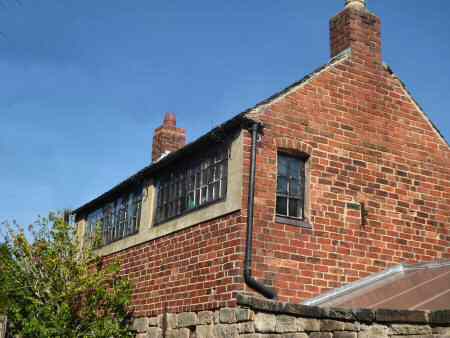
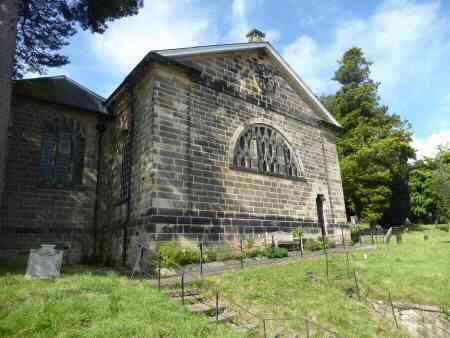
PROFILE
Holbrook lies on the southeast edge of the Pennines and although tucked away along minor roads was once on a major transport route. When the ancient Portway and the old turnpike roads ran through the parish. For some years the Midland Railway had a station at nearby Coxbench, but that is now put to other uses. Large upper windows are still to be seen in some houses indicating where framework knitters once worked. Nearly a third of the population was involved in the industry in the mid-1800s. There was also employment in the nearby mines and quarries.
Evidence of the area’s importance during the Roman era was discovered in 1962 when two kilns were unearthed, the second of which has been claimed to be the largest found in the British Isles. Standing seven feet high, it is said to have been capable of baking 200-250 jars at one firing.
Today, Holbrook is a relatively quiet village with several interesting buildings and some great walks with lovely views, which makes it well worth a visit.
HOLBROOK HALL
Picturesquely located in a partially wooded area with outstanding views over the Derwent Valley. Holbrook Hall was originally built as a private property in the early 18th century and is attached to an earlier 17th-century cottage. It is now a nursing home.
ST MICHAEL’S CHURCH
The current building was built around 1761 as a small private chapel for Holbrook Hall. It was consecrated on St Michael’s Day for the use of the village when it became known as St Michael’s Church. The church was mostly rebuilt and enlarged around 1841 with further alterations being carried out in the 20th century. It is a Grade II listed building.
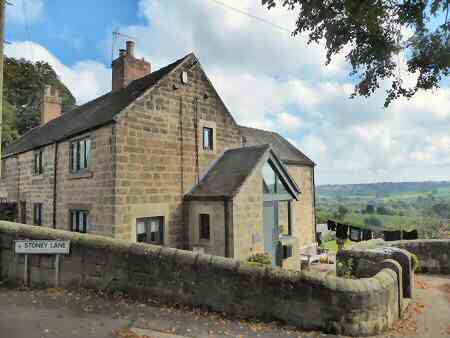
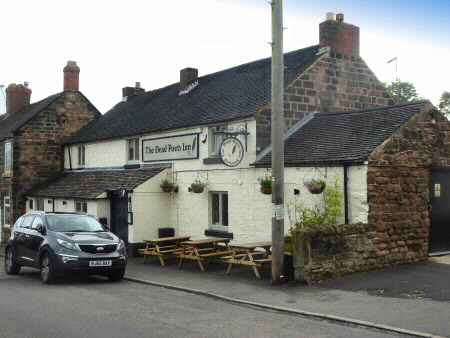
THE INDUSTRIAL REVOLUTION
The advent of the Industrial Revolution, helped by Holbrook’s good travel communications, brought substantial employment to the village. Mainly in the form of framework knitting, and by the mid-19th century, nearly a third of its 1,000 population were involved. Large upper-floor windows were installed to maximise the light flooding into the rooms. The village was known for the quality of its produce. Orders were received from Royalty, including Queen Victoria. Hard work and long days were essential for the industry. But it was also known for its heavy drinking, similar to that of the ‘nailers’ in nearby Belper. Heavy drinking on a Sunday led to Monday becoming a day off work to either celebrate or recover from overindulgence, and it became known as ‘Stockingers’ Monday.’ Other working-age people were mainly employed in local quarries and nearby mines.
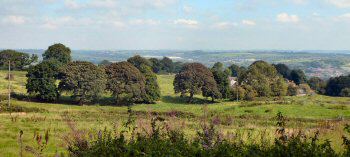
GORSEY PIECE NATURE RESERVE
Holbrook Parish Council purchased the Nature Reserve at the north end of the parish. It covers approximately 1.7 acres, and gates have been installed to allow easy access for prams, buggies and mobility scooters. There are a large number of trees of different species on site. These, together with gorse and brambles, help to supply food and habitat for a wide range of butterflies, moths, birds and other creatures. Extensive views eastwards make this a great place to relax and enjoy a picnic.
THE SPOTTED COW
The Spotted Cow Public House closed in 2014, and many thought it would be for the last time. However, the Holbrook Community Society campaigners were determined to save it from extinction. Following a long battle, it was eventually listed as an Asset of Community Value (ACV) in August 2016. A total of 225 investors bought it and the car park for £275,000, and the premises were completely renovated and refitted. It reopened in July 2017 and is owned and run by the community. Shortly afterwards, a café, The Spotted Calf, was opened in another section of the premises. The Spotted Calf closed in 2023, and the pub was sold.
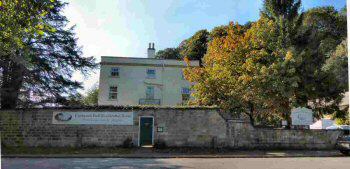
COXBENCH
The pretty hamlet of Coxbench at the foot of the hill up to Holbrook used to have its own railway station. Opened by the Midland Railway in 1856, in its heyday it was dispatching around 50 churns of milk produced at local farms. Regular passenger services ended in 1930, but the station was used to take Derby County supporters to the FA Cup Final in 1946. The Denby line remained open for the transportation of coal, until the late 20th century. The station buildings are now in private ownership.
Coxbench Hall, a late 18th century country house is now used for residential purposes. There are also award-winning Care Apartments on the beautiful grounds. The Fox and Hounds with its mock Tudor exterior is a popular stopping place and at the time of writing is scheduled to reopen under new management after a period of closure.
